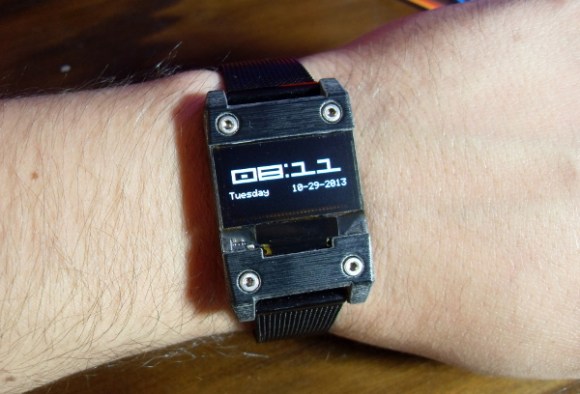[James] needed some cool transportation for the upcoming Easter Camp in New Zealand, so he created a custom motorized shopping trolley that is sure to turn heads. The base of this project is a standard mobility scooter, which conveniently has a modular design. All of the electronics have connectors for quick service and the entire rear axle and motor assembly pop off with the pull of a lever.
[James] had to do a bit of welding and chassis rework to achieve his goal of mounting a shopping cart top to the scooter’s frame. Once finished, though, the setup looked great. It was actually comfortable to sit in, as [James] made a cutout for the driver’s feet to pass through. The real fun came with the electronics. The trolley is the most wired mobility scooter mod we’ve ever seen. Most of the electronics are contained in a project box under the seat, with several Arduinos that control the various systems: interfacing with the original scooter electronics, a GPS receiver, and a GSM radio. [James] also went as far as to add RGB LED headlights, a horn, and a multi-tone siren from Jaycar.
Driving the trolley is simple. An arcade joystick selects the speed, and the scooter’s standard hand controls are used for forward, reverse, and steering. One of the more interesting mods [James] made was a custom Windows app to control the trolley via a USB radio module. The entire system can be secured, with the security code stored in NVRAM to prevent a power cycle from unlocking the system. [James] can even command the trolley to go forward or reverse from his touch screen. We’d love to see him add a steering servo to make it a completely remote-controlled solution, though this step would require some sort of clutch for manual control.
The final design works very well. [James] may not win any drag races by keeping scooter’s original speed controls and associated electronics, but he did extend the range with larger batteries, so we’re sure the trolley will be a hit all over the camp. Similar projects have been built using the base of an electric wheelchair. If you have one that you want to control without invasive changes to the hardware, check out this accessibility hack which interfaces using a connector.
Continue reading “Shopping Trolley Is Wired For Camp” →












